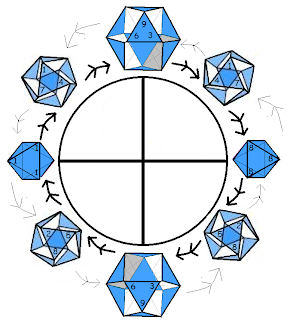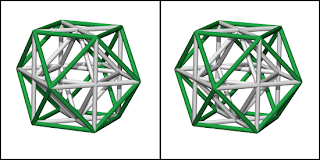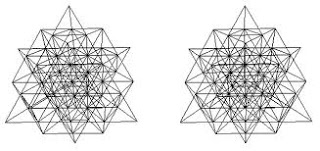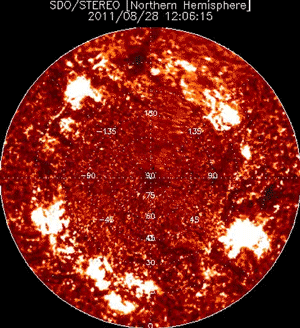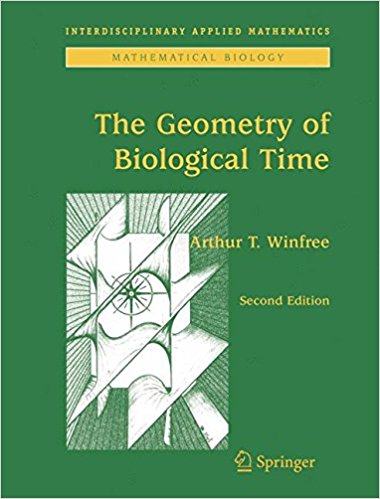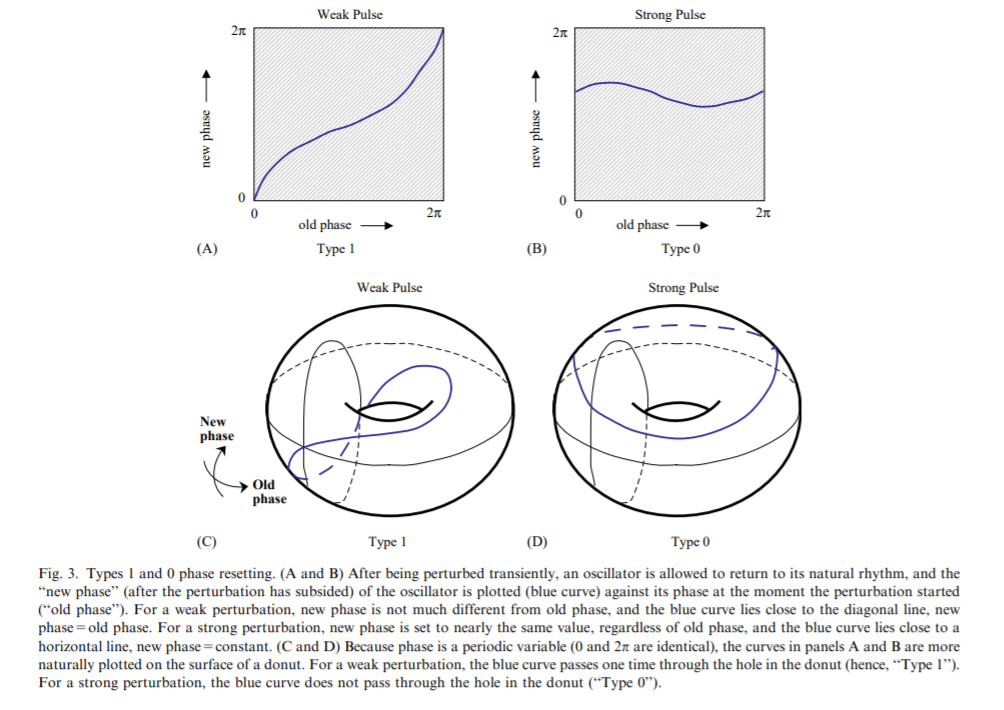|
Article (revised and updated) from collected materials of the 3rd International Research and Application Conference “Tore Technologies” held November 23-24, 2006 at the Irkutsk State Technical University, Russia, pp. 131-143. (Translation from Russian)
TORUS AND SPHERE ARE THE “PARENTS” OF PI (π), PHI AND «7» BEING THE PRINCIPLES OF MATTER STRUCTURING IN NATURE Dr. Valeriy Shikhirin E-mail: info@elastoneering.com, Website: www.elastoneering.com.
Principles of PI numbers Let us consider “non-flat” versions of PI computation, for example, the relation between volumes, torus and sphere surface areas etc., inscribed into each other; the result of these relations might be integral or fractional PI number (Fig. 1). Fig. 1 «Evolution of spherical π and toric π Here, if: · PI «forms» circle, round, sphere or ball, then this PI is “spherical” π (πSP, Sphere). · PI «forms» tore, and then PI is “toric” π (πT,). In tore shaping process spherical π is the first to act. · PI “forms” active torus knots automatically appearing during tore shaping, and then this PI is “nodal” π (πK, Knot). The number of nodal π is defined by number q – number of coils around tore’s length. · During shaping torus knots spherical and toric PIs are the first and the second to act respectively etc. Numerical meaning of all functional PI is equal to 3,141 592 … The author thinks it absolutely useless to calculate infinitely how many signs follow a comma in a PI. Spherical π We know that the relation of circumference to radius length produces 2π, but this is rather double π than a “single” one; it was obtained experimentally and was observed since great antiquity, at least from the 2nd millennium before our era (Fig.2). Fig. 2 shows the sequence of simultaneous disintegration of a circle inscribed into sphere, “circumference” in a circle and radius in a circle and what such disintegration results in.
This seems to be a unique “direct” computation of double π, in particular: 2π = 2πR/R, and this one is only on a plane. Besides, it is worth considering some other “sphere/circle” relations, for example the ratio of sphere surface area to surface area of a circle inscribed into sphere that produces “number” 4 or 4 “colors” (?) etc. «Defects» and «deficiencies» characterizing careless and neglectful attitude of officials responsible for correct interpretation of PI are described in [7]. Toric π (Fig. 3) 1. If sphere is inscribed into torus or a ball rolls or rests inside hollow ring (closed) with the same radius, then: – Torus surface area and sphere surface area inscribed into torus ratio produces integral “single” π; – Torus surface area and circle surface area inscribed into torus ratio produces 2π, – The relation of surface area to surface area of a flat circular ring with internal radius RRin (Ringinternal) equal to 0 and external radius RRex (Ringexternal) equal to radius inscribed into torus produces 2π, – The relation of torus volume to sphere volume produces 3/2π, or the ratio of three sphere volumes and two torus volumes produces integral π, or torus includes 3/2π of spheres. 2. If tore is inscribed into sphere, then: – Torus surface area and sphere surface area ratio produces ½π or one torus surface area and two spheres surface area ratio; – Torus volume and sphere volume ratio produces 3/8 π or 8 volumes of torus and 3 volumes of sphere ratio. Besides, it is interesting to see other relations between /sphere elements whose formation can be done by pupils in a secondary school. Fig. 3 shows the sequence of simultaneous disintegration of torus inscribed into sphere and sphere inscribed into torus and what is left after such disintegration. |
Decoding the Dance of Space
The first key to taking the wheel to the next dimension is the six hexagrams, and the triangles they contain.
We will always count the numbers on a triangle clockwise in order to label them. Think of this as the experience of time in one direction. It is helpful, however to think of a backwards stream of information through time. Thus we have 3-6-9; 6-3-9; 1-1-1; 8-8-8; 1-4-7; 5-2-8; 1-7-4; 2-5-8.
The next key I discovered is the application of the Buckminster Fuller Vector Flexor “jitterbug”. This is a beautiful geometric dance which Bucky believed was a model for the Universe. It is significant I think, because it shows the crucial transformation from cubic/octahedral symmetry to dodecahedral/icosahedral symmetry. Take a look at these animations to get an idea of how this works.
Our starting point will always be the cubeoctahedron, which is known in physics as vector equilibrium.
This will correspond to the first two triangles, 3-6-9 and 6-3-9. This also corresponds to a noble gas in Walter Russel’s system (diagram in my post Template for Universal Mathematics): asexuality, maximum inertia, maximum stablitiy, maximum complexity/softness of crystallization.
The cubeoctahedron then can tilt to the right or left, where it becomes an icosahedron at a tilt of 15 degrees. This is the same tilt angle as the four askew triangles, 1-4-7; 5-2-8; 7-4-1 and 2-5-8!!! When the icosahedron is closing into the octahedron, it is male, and when it opens back into the cubeoctahedron it is female.
At the maximum point of the wave, the figure collapses to an octahedron. This corresponds with carbon: bisexuality, maximum compression, maximum resistance, simplicity and hardness of crystallization, and the appearance, due to motion, of the stability of form.
Despite the 3-dimensional transformation between these three shapes, a 2-dimensional hexagram is visible, when we center our perspective on a triangular face. So we see a motion which moves in a cycle, but can change direction at four turning points: 9-6-3; 3-6-9; 1-1-1; and 8-8-8. In this way, it can be steered into infinitely complex forms. We can look at it like a flow chart indexed by the angle of the triangle that is front and centered, corresponding with the 8 triangles of our 24 number circle.
Now compare this with the eight trigrams around a circle which form the basis of the I Ching.
The four trigrams at the top/bottom/left/right are in positions of relative balance, at the zero points and peaks of the wave, whereas the four trigrams at diagonals are in the transitional phase. Because the left side of the circle is a mirrored inverse of the right side, we can unite the opposing hexagrams for a deeper understanding of this system. The noble gas is both Creative AND Receptive, it contains both the memories of every action, and the imagination which will create the future. The dense matter of maximum potential at the peak of the wave is Radiant AND Dark. That is, hot and cold, light and dark, dense motion at the center and tenuous space surrounding it are in maximum opposition. We can simplify and bring these two together into a kind of magic square/circle.
3-6-9 triangle becomes 3 according to multiples of 3; likewise 6-3-9 becomes 6. 1-1-1 becomes 1, 8-8-8 becomes 8. 1-4-7 becomes 4 because it is powers of 4, and 7-4-1 is powers of 7. 2-5-8 and 5-2-8 are abbreviations of halving and doubling cycles, or 5 and 2, respectively.
Now imagine that you can not only change direction from clockwise or counter-clockwise, but that, at any stage of the cycle, you can choose a new center triangle to start from. This gives us a model of the 4-dimensional 24-cell, which can nest all five platonic solids. Look at this view where the octahedron goes from a plane, to fully formed, back to a plane again.
To view it as a 3-d hologram, cross your eyes and try to bring the two images into resolution together, a lot like a Magic Eye. I recommend printing the image if you are doing this a lot, as staring at a computer screen with your eyes crossed will give you a headache. From this page on Hyperspace. http://home.comcast.net/~eswab/hyprspac.html
Furthermore, it unfolds the pattern to 64 total permutations, just like the I Ching. If this can be shown to be a workable system, it would throw a completely new spin (literally) on the I Ching; there are various states of motion described by the different hexagrams. From this perspective, we could use Nassim Haramein’s 64 tetrahedron vector-matrix grid ( http://www.theresonanceproject.org/graphics.html ) as a starting point. I am trying to find someone who could model this matrix going through the Vector Flexor Jitterbug Dance.
More to come, feedback is encouraged/appreciated. Peace to All.
037 EU Meetup June 12th, 2018
036 EU Meetup June 5th, 2018
Leigh Orf
Simulation and visualization of thunderstorms, tornadoes, and downbursts
https://youtu.be/Vka2ZgzZTvo
The Detection of Rossby-like Waves on the Sun
From:
- Scott W. McIntosh
- William J. Cramer
- Manuel Pichardo Marcano
- Robert J. Leamon
-
Nature Astronomy volume1, Article number: 0086 (2017)
doi:10.1038/s41550-017-0086
- Received:
- Accepted:
- Published:
Abstract
Rossby waves are a type of global-scale wave that develops in planetary atmospheres, driven by the planet’s rotation1. They propagate westward owing to the Coriolis force, and their characterization enables more precise forecasting of weather on Earth2,3. Despite the massive reservoir of rotational energy available in the Sun’s interior and decades of observational investigation, their solar analogue defies unambiguous identification4,
Coronal brightpoints (BPs) permit the tracking of the magnetic activity bands of the 22-year magnetic cycle of the Sun8. These activity bands in each solar hemisphere undergo significant quasi-annual instability, which results in episodes of intensified space weather6. The nature of the instability on the bands is unknown, but has been linked to the existence of magnetic Rossby waves in the solar interior5. We use our BP detection algorithm9 on a series of coronal images taken by the Extreme-Ultraviolet Imager (EUVI) instruments10 on the twin STEREO spacecraft, and by the Atmospheric Imaging Assembly (AIA) instrument11on the SDO spacecraft, in the 19.5- and 19.3-nm channels, respectively, from 1 June 2010 to 31 May 2013. During this time period, the orbits of these three spacecraft created an opportunity to explore global-scale solar phenomena. In concert, the trio of spacecraft provided the first complete observational coverage of the Sun’s corona, slowly drifting apart from the Sun–Earth line until STEREO-Behind lost communication with the Earth in mid-2014.
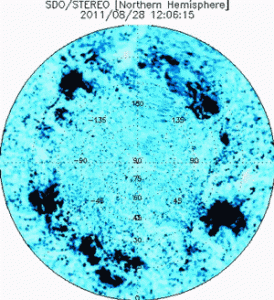
Arthur Winfree – The Geometry of Biological Time
To understand the origins of fibrillation and potential treatments, Art initiated several different lines of enquiry. In careful numerical and experimental studies of two-dimensional excitable media, Art demonstrated that rotating spiral waves often meander in space—the exact geometry of the meander depending on the parameters of the differential equations or the experimental preparation (Winfree, 1990a).
Moreover, in some instances, spiral waves spontaneously break up, leading to many independently rotating spiral waves (Courtemanche and Winfree, 1991). In order to investigate the stability of the twisted and knotted scroll waves that he and Steve Strogatz predicted to exist and to determine initial conditions that might lead to these waves, Art and his students began an ambitious project of super-computer calculations of three-dimensional scroll wave dynamics (Nandapurkar and Winfree, 1987; Winfree, 1990b,1994; Henze and Winfree, 1991).
To determine the geometry of wave propagation in intact heart, Art collaborated with the late Frank Witkowski, a brilliant cardiologist who was building an optical mapping apparatus to study wave propagation in heart during fibrillatory rhythms by measuring the fluorescence of heart tissue stained with voltage-sensitive dyes. This work led to the observation of rotating spiral waves from the surface of a sheep heart during ventricular fibrillation (Witkowski, et al., 1998). Art’s ideas about cardiac arrhythmias and their relationship to rotating spiral and scroll waves are summarized in his book, When Time Breaks Down (Winfree, 1987).
This book helped to shape experimental and theoretical work by many investigators, including R. Ideker, J. Jalife, J. Keener and A. Karma. In 1987, Art moved from Purdue to the University of Arizona, where he continued his research on chemical reactions and cardiac muscle, somewhat incongruously, in the Department of Ecology and Evolutionary Biology.
Though good at it, Art was never truly comfortable with computer simulations. To him they were guides to his intuition, geometric vision, and experimental tinkering. How would it be possible to confirm experimentally the predicted existence of stable scroll rings and other more exotic, three-dimensional, rotating structures? Although it seemed likely that scroll rings could rotate deep in the heart, optical studies of wave propagation in heart tissue were only capable of imaging a thin surface layer, so it was impossible to observe scroll rings directly.
Hoping to find sound experimental evidence for the subtle and spectacular patterns playing out in his computer simulations, Art designed and built a system to measure with high resolution the concentration patterns of BZR intermediates in space and time. It was essentially a high-tech version of his stacked filter papers. By shining a light through the BZR and scanning the absorption of light at different angles, he used tomographic reconstruction techniques to determine the geometry of the three-dimensional rotating structure.
In Winfree et al. (1996), he described the many technical hurdles that had to be overcome and presented unequivocal evidence that the detailed anatomy of rotating scroll waves could in fact be observed in real systems. In what we believe is Art’s last paper on this problem, published post-humously, he addressed some of these matters computationally (Sutcliffe and Winfree, 2003). Unfortunately, following the demonstration of optical tomographic imaging of the BZR, the projected use of this method to study a host of other problems (such as the initial conditions needed to seed various three-dimensional structures, and the dynamics and stability of knotted and twisted scroll rings in real systems) was never completed. Those problems, many of which are sketched out in a recent review (Winfree, 2001), remain a part of Art’s legacy to future generations.









